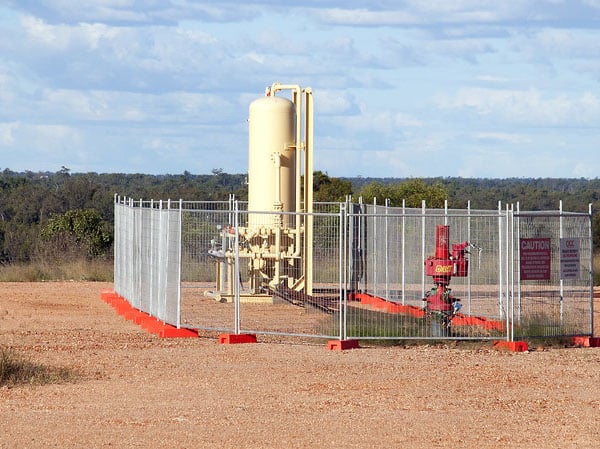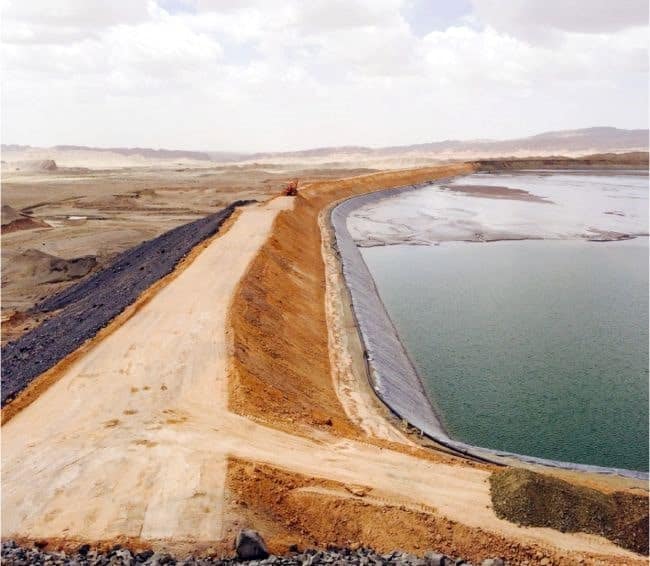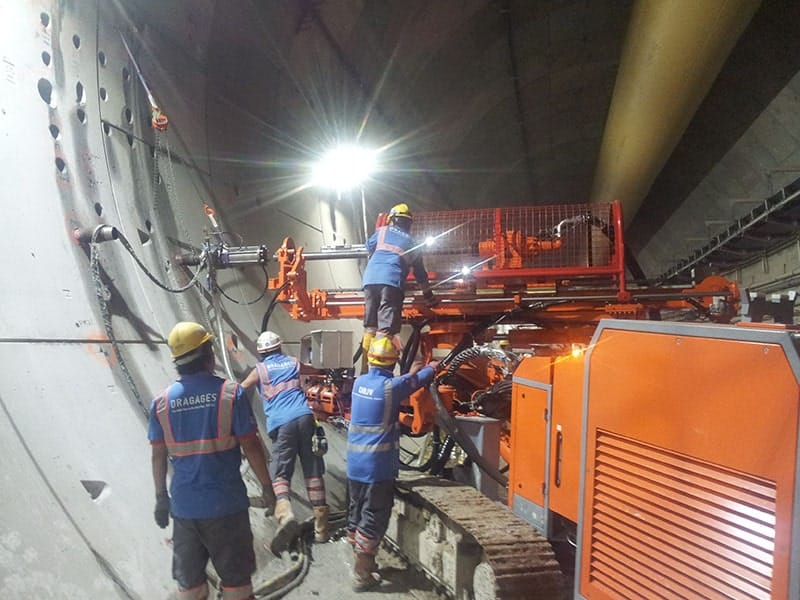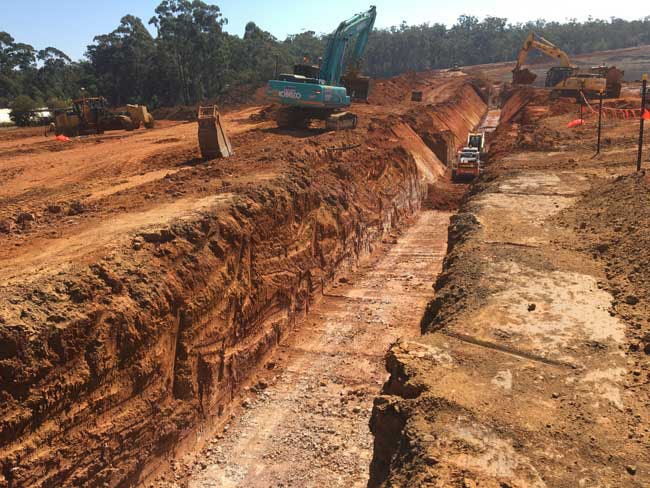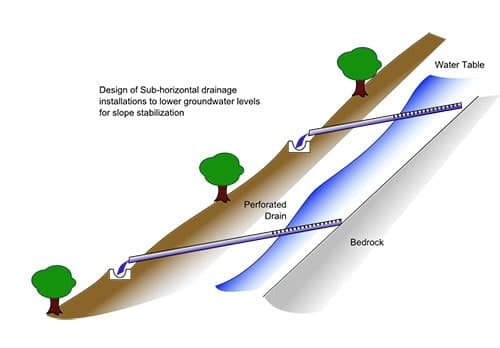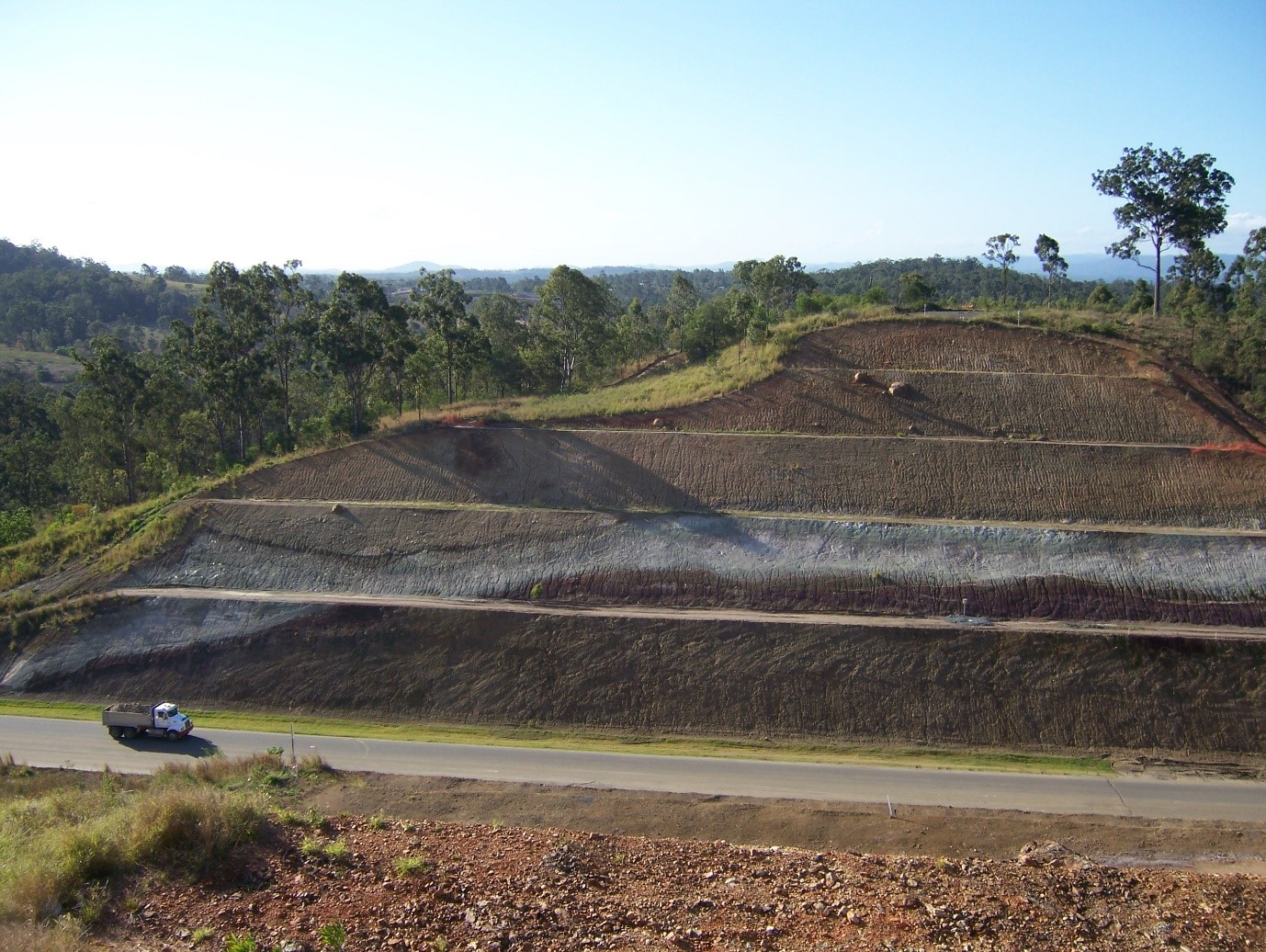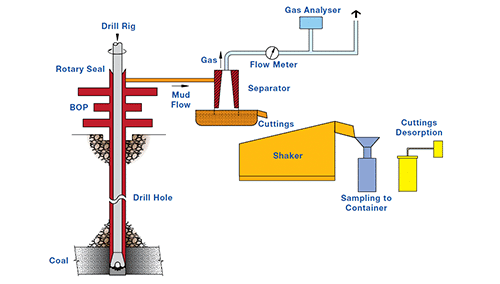This process commences with the start of pumping and ceases when the fracture closes. If the amount of fluid is measured, it is possible to treat this as an inflow over the entire injection period and that following until fracture closure. If the slope of this is analysed using a Horner plot, it is possible to arrive at a permeability to the single phase being injected. This is called after closure analysis and relies on the assumption of radial flow. The late slope of the Horner pressure decline plot is used.
In the shorter time periods, the flow from the fracture is primarily linear and cannot be readily analysed as the fracture length is unknown. Diagnostic fracture injection testing is useful in lower permeability reservoirs where it is very difficult to produce or inject a sufficient volume of fluid to test sensibly. The intersection of the hydrofracture with natural fractures can make the test impossible to analyse.
The test method can provide an indication of the relationship between minimum stress and permeability.





